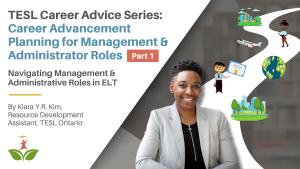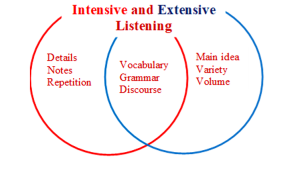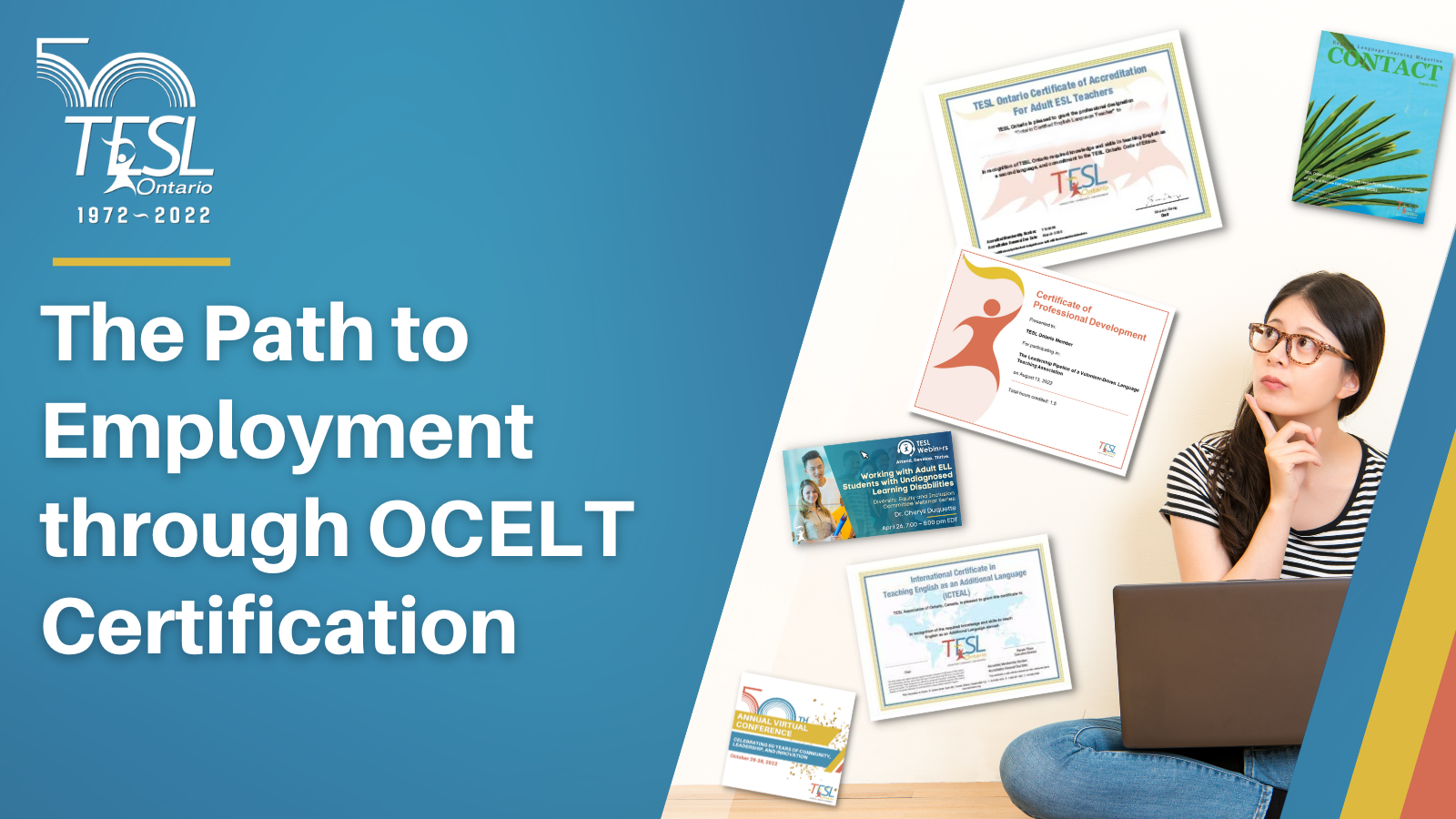
A new, free, and open learning platform was recently launched. CanAvenue is for learners aiming to improve their language skills outside of the classroom. This LMS is designed to support learners at high beginner to intermediate stages through interactive-self-directed activities, practice modules, and resources that help them navigate Canadian language learning without formal classes or instruction. As there are no registration restrictions, CanAvenue is openly available, making it a tempting resource for newcomers or anyone looking to improve their additional language skills in a self-directed environment. Continue reading









